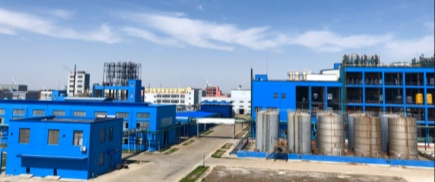2,2-Dimethoxypropane is a versatile reagent used in organic synthesis, particularly for the protection of diols and polyols by converting them into their corresponding acetals.Today we are intend to introduce synthesis of 2,2-Dimethoxypropane.
Materials Used:
· Acetone
· Methanol
· Acid Catalyst (e.g., sulfuric acid)
Reaction Details: The reaction involves the acid-catalyzed conversion of acetone and methanol, following the equation:

Key Steps:
1. Mixing: Combine acetone and methanol in a 1:2 ratio with a catalytic amount of sulfuric acid.
2. Reaction: Heat to 40-60°C and stir for 2-6 hours.
3. Separation: Cool and separate the organic phase from the aqueous phase.
4. Purification: Distill the product (boiling point 82-85°C) and dry with anhydrous magnesium sulfate.
5. Storage: Store in airtight containers to maintain purity.
Safety and Environmental Considerations: Strict adherence to safety protocols and proper disposal of waste materials are paramount in this synthesis process.
Stay tuned for more updates on innovative chemical synthesis techniques. For detailed information, visit our website www.zjartspharm.com



